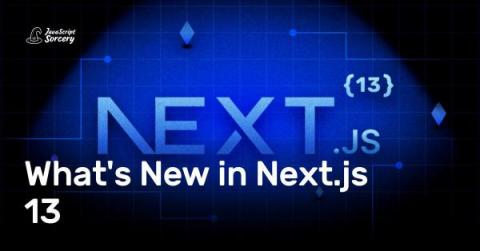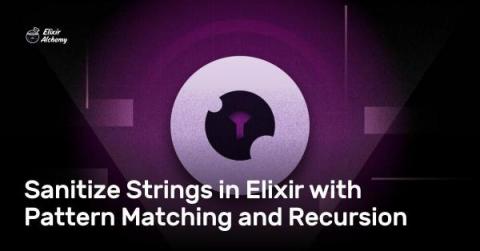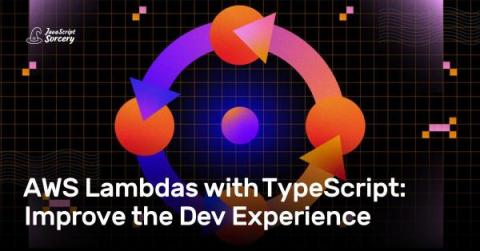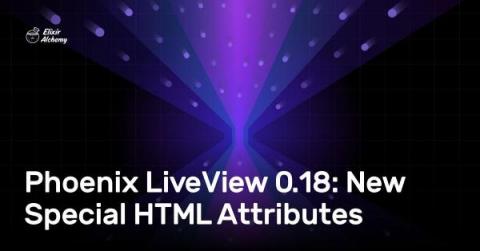What's New in Next.js 13
Version 13 of Next.js, a well-established React framework from the Vercel company, was released last week. The announcement was made at the Next.js Conf and took the community by storm. Developers worldwide spread the news about the features and goodies announced live on October 25th. Now, as the dust slowly settles, we can go through what's new in Next.js 13.











